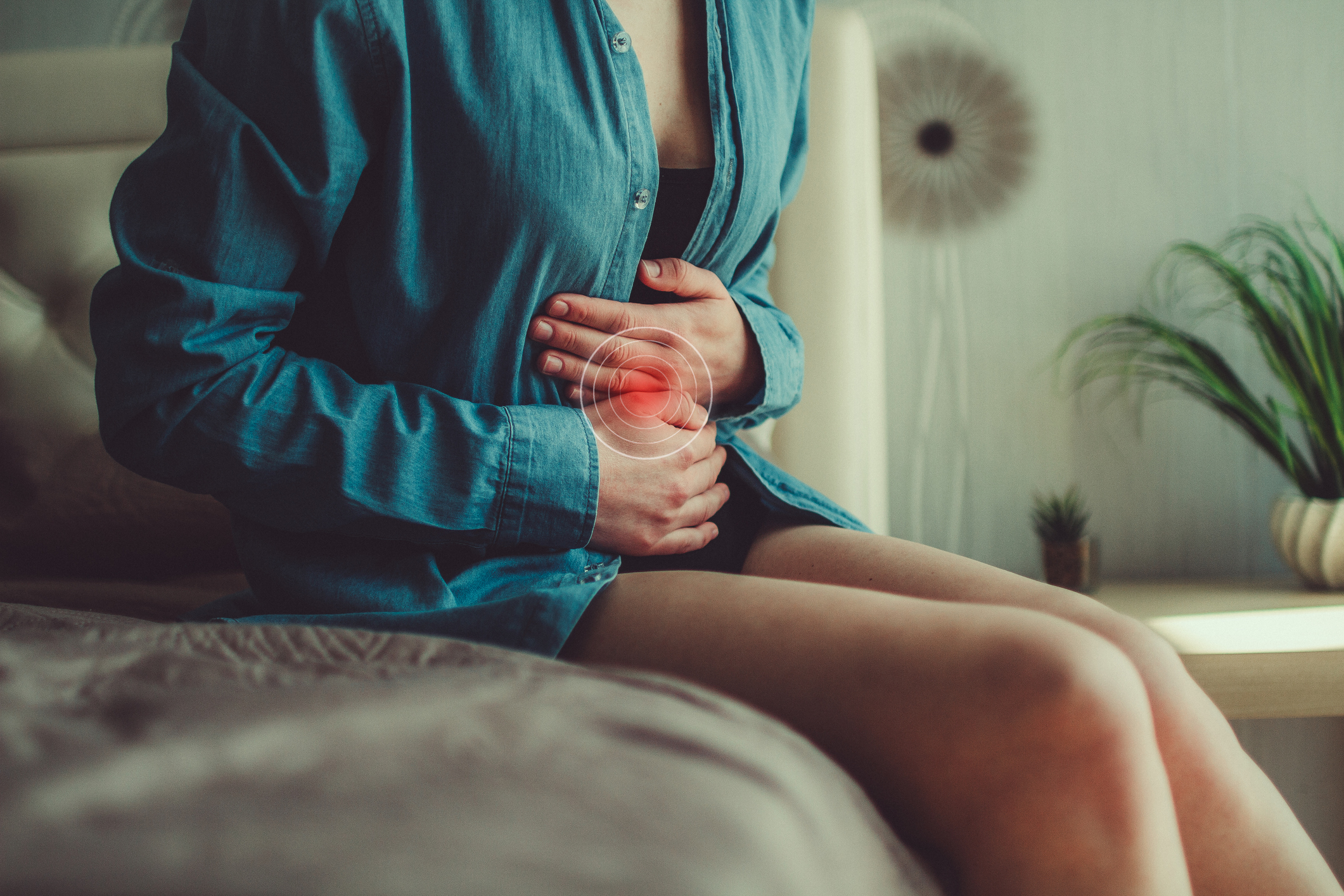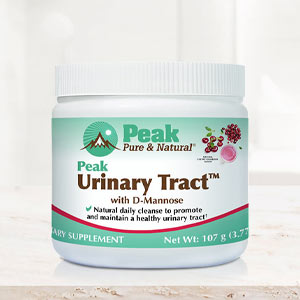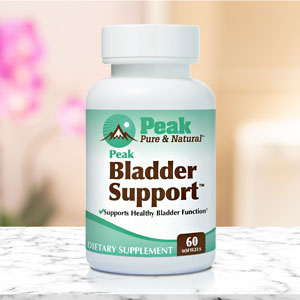Get Easy Health Digest™ in your inbox and don’t miss a thing when you subscribe today. Plus, get the free bonus report, Mother Nature’s Tips, Tricks and Remedies for Cholesterol, Blood Pressure & Blood Sugar as my way of saying welcome to the community!
Stopping ‘recurring loop of infection’ can end chronic UTI

Want to make a woman cringe? Just mention three little words: urinary tract infection.
Men get them, too. But a whopping 60% of women will experience the discomfort and pain of a UTI at some point in their life.
And if you’re one of the really unfortunate women out there, UTIs can become a chronic problem. You go from one infection to the next, and if things get bad enough, your doctor will put you on long-term antibiotics just to head off the next one.
But antibiotic resistance is fueled by just such constant use of these drugs.
In fact, the World Health Organization found that one of the antibiotics most widely used to treat UTIs already has a 50% resistance rate— which means this antibiotic is now ineffective for half of all people who try it.
Fortunately, there are natural alternatives to antibiotics (more about that in a minute).
And now, a discovery about where the bacteria that cause UTIs actually live promises to reduce the need to overuse the antibiotics that treat these infections.
Treat the bladder AND the vagina to end the loop
Until lately, it’s been widely assumed that these infection-causing bacteria live only in a woman’s bladder — in fact, UTIs are also associated with bladder infections. But a recent study has proven otherwise…
A team led by Dr. Takanori Sekito of Okayama University’s Graduate School of Medicine analyzed samples taken from both the bladder and the vagina of infected women. They found that the bacteria in both places were genetically identical.
And, as the bacteria get passed back and forth between the vagina and the bladder, they create infections that are almost impossible to treat.
As Dr. Sekito explains, “The vagina can serve as a reservoir of enteric bacteria, including E. coli, and cystitis can become intractable.” In other words, with the bacteria causing infection in both places, it becomes a recurring loop of agony for many women.
This discovery opens the door to more effective treatment and prevention that doesn’t involve antibiotics.
I’ll let Dr. Sekito explain:
“We are developing Lactobacillus vaginal suppositories, as a means of prevention and treatment of recurrent cystitis. This new ‘non-antimicrobial’ prevention will reduce the unnecessary administration of antimicrobials and the consequent emergence of antimicrobial-resistant bacteria. The Lactobacillus suppositories will effectively regulate the vaginal environment and reduce the virulence of E. coli.”
Cutting down on UTIs
A vaginal suppository that could short-circuit the cycle of recurring UTIs would be a game-changer for women.
But until those suppositories are on the market, there’s no need to suffer. There is a lot of science behind other natural ways to attack these nasty infections, including traditional sources or probiotics…
Probiotics. Strains of lactobacillus, the bacterial family found in probiotic foods such as sauerkraut, pickles, yogurt, and probiotic supplements, have been found to cling to the vaginal walls and to be active against the main pathogens responsible for UTIs. Probiotics specifically branded for women to support urinary health are already on the market and feature Lactobacillus strains.
But you must also feed those good bacteria prebiotics to sustain the balance of good bacteria. That’s easy enough — prebiotics are found in bananas, oats, asparagus, flax seeds, apples and of course supplements.
Cranberries. It’s been anecdotal for decades, but research has finally shown that cranberries can keep UTIs away.The proanthocyanidins (a type of polyphenol) they contain keep E. coli from sticking to the urinary tract lining.
Manuka honey. Produced by bees that pollinate the Manuka tree, native to New Zealand, Manuka honey can stop the growth of urinary tract-causing bacteria and prevent them from forming biofilms (a thin layer of bacteria that adhere to your bladder and cause chronic or recurring bladder infections). Antibiotics typically can’t touch these biofilms because the bacteria in them are notoriously antibiotic-resistant.
In addition, wearing loose-fitting clothing, drinking plenty of water, fully emptying your bladder when you urinate and taking vitamin C can help.
Editor’s note: Regain your health and enjoy a full, vibrant life by defeating the real culprits of premature aging and sickness — excessive, damaging acid in your body! The truth is when you’re alkaline, wellness thrives and sickness takes a dive. Click here to discover The Alkaline Secret to Ultimate Vitality!
Sources:
A tale of two “niches”: The microbial connection between urinary bladder and vagina — Eureka Alert
Are probiotics good for vaginal health? — Cleveland Clinic
Homology of Escherichia coli isolated from urine and vagina and their antimicrobial susceptibility in postmenopausal women with recurrent cystitis — Journal of Infection and Chemotherapy














